Designed by Michael Anastassiades, Arrangements is a modular light system where geometric light elements can be configured in a variety of unique compositions. Arrangements was inspired by the parallels between lighting and jewellery. Each unit attaches to the previous one resembling pendants necklaces, creating a piece of functional art.
Each light features an integrated flex LED strip.
Materials black powder coated aluminium frame, optical silicon tubes
Light source Flex Strip LED, lumière chaude 2700K
Cord length 2.5 m
All the elements can be configured in a variety of unique compositions. Each unit attaches to the previous one, creating a piece of functional art. Ceiling roses are sold separately.
Round – Ø39,8 cm
Round – Ø66,5 cm
Small Square – 30 x H39,5 cm
Round – Ø102 cm
Large Square – 51,2 x H68,8 cm
Drop up – 49,5 x H69,7 cm
Drop down – 49,5 x H69,7 cm
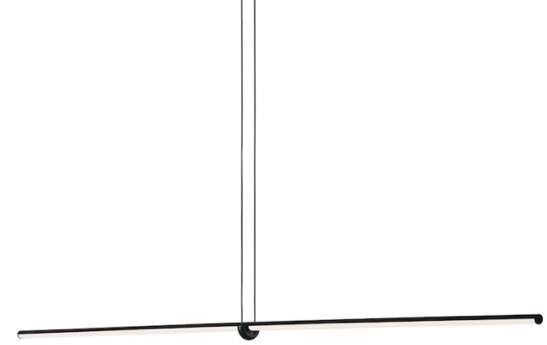
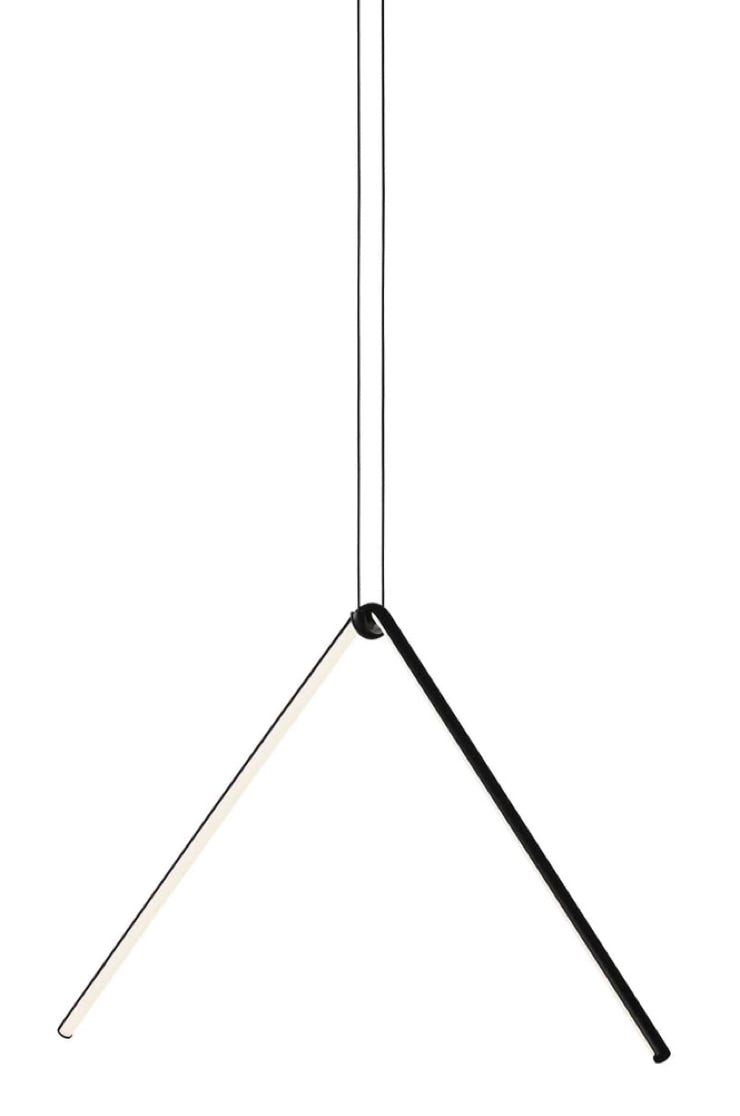
Line – 170 cm
Broken Line – 102 x H50 cm
Arrangement modules are sold without rosette. Select the one corresponding to your composition. The small rosette is suitable for an installation of up to 70 W, the large and flat one with recessed installation up to 190 W.
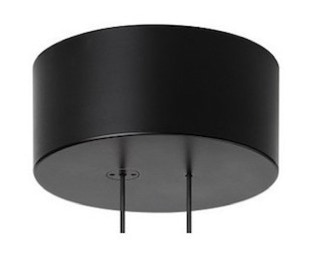
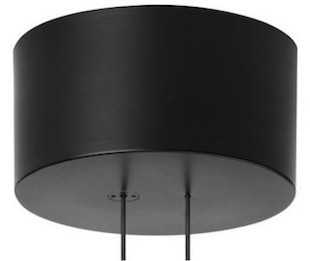

Rose – Ø15 x H7 cm
Rose – Ø18 x H9 cm
Recessed – Ø18 x H0,8 cm
Michael Anastassiades
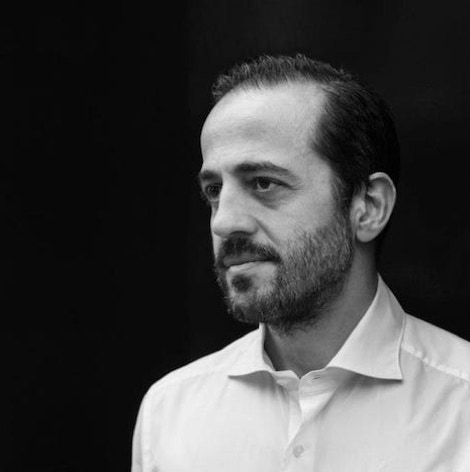
Michael Anastassiades joined his design agency in London in 1994. The Cypriot-born designer studied industrial design and engineering at the Royal College of Arts and Imperial College London. Its lamps, mirrors and other products range between industrial design, sculpture and decorative arts. Deceptively simple, his works are meticulously done and inspired by his studies of civil engineering and industrial design.
Anastassiades is particularly famous for its lighting fixtures, which represent 80% of the projects entrusted to its agency. Sparkling surfaces mingle with simple geometric shapes such as tubes, oblong and spherical shapes, to articulate architectural spaces. The designer has often chosen to use reflective materials such as glass and bronze that float independently and interact with the surrounding space.
Price Guarantee
Offering design at the right price is an integral part of our work. If you find the same item at a lower price at another retailer, delivery included, we will not only match it, but even offer you a better price.
How to take advantage of it?
We compare our prices every day with all authorized retailers in Europe. If nevertheless you find cheaper, contact us for a counter-proposal.
We must be able to verify that the item is authentic, new, perfectly identical (size, materials, color, etc.)
and that it is not part of a campaign or temporary destocking.
The valid basis is, for example, a current quote or a direct link to another retailer's website where the lower price is indicated. An email image is invalid, the original email must be forwarded.
The offer does not apply to orders already placed and cannot be combined with any of our other offers or promotions.